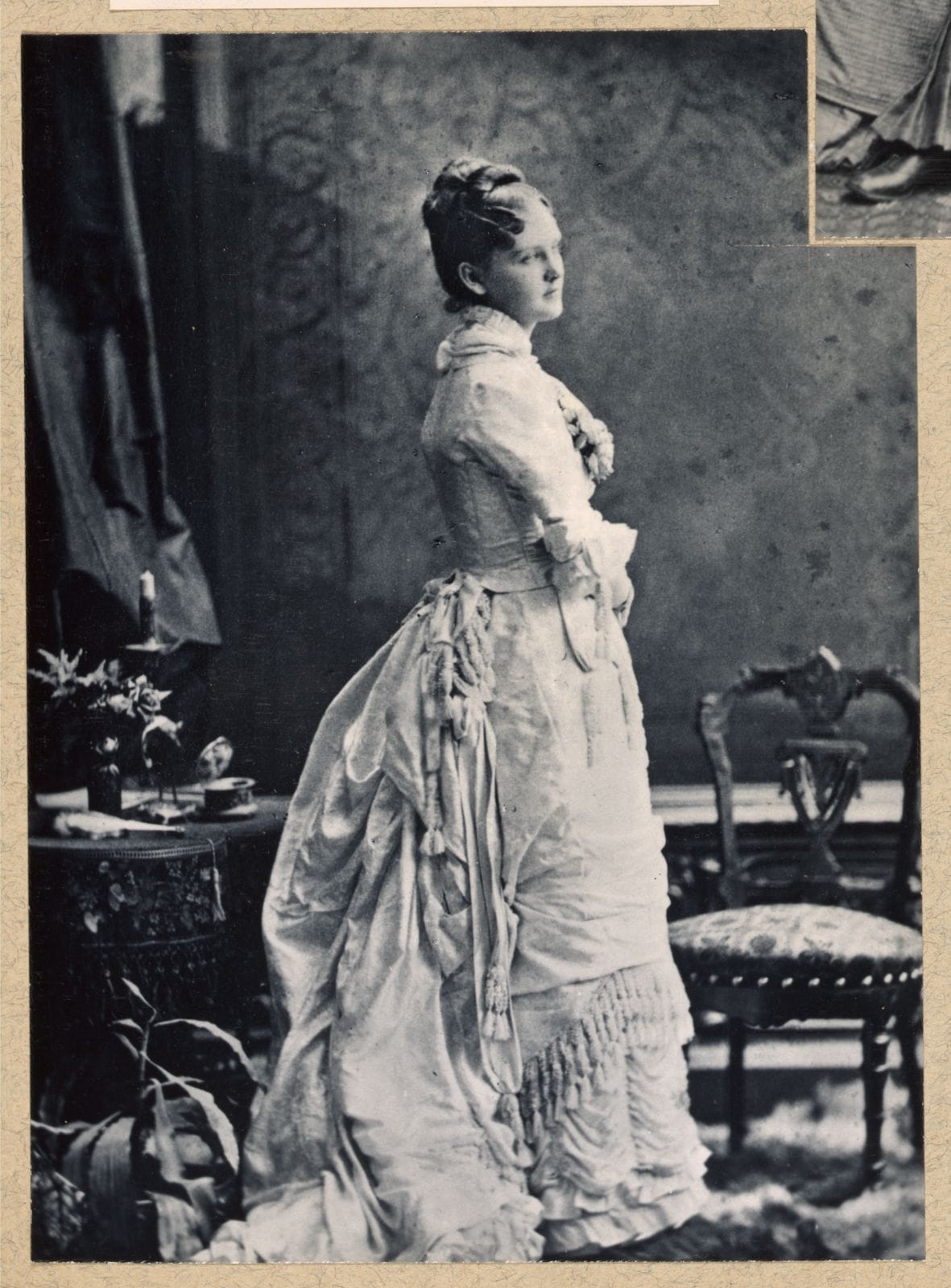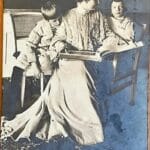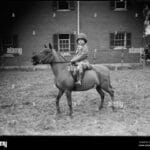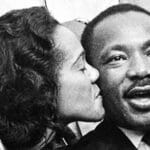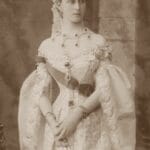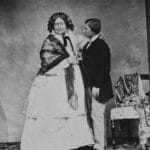Alice Hathaway Lee Roosevelt, often called “Sunshine” by Theodore Roosevelt, lived a life tragically cut short. Born into Boston’s elite in 1861, her story is one of love, loss, and a lasting impact on American history. This article explores her life, untimely death, and enduring legacy.
A Life of Privilege and Promise
Alice Hathaway Lee was born on July 29, 1861, in Chestnut Hill, Massachusetts, to George Cabot Lee, a prominent banker, and Caroline Watts Haskell. She enjoyed a privileged upbringing alongside her younger brother, George Cabot Lee Jr., amidst the refined social circles of Boston’s elite. Her family’s wealth and connections placed her within a world of garden parties, dances, and the intricate web of high-society relationships.
A Chance Meeting and a Whirlwind Romance
In October 1878, at the Saltonstall home, a fateful meeting occurred. Theodore Roosevelt, a Harvard classmate of Alice’s cousin, Richard Middlecott Saltonstall, was introduced to the captivating Alice Hathaway Lee. Though some historians suggest Alice may have initially hesitated, Theodore’s charm and persistent courtship won her over. Their romance blossomed amidst the backdrop of 19th-century courtship rituals—handwritten letters, carriage rides, and formal visits—culminating in their wedding on October 27, 1880, at the Unitarian Church in Brookline, Massachusetts. Theodore, just 22, married Alice, 19, on his birthday, embarking on a shared future filled with promise. Would you like to know more about the history of Adam Clayton Powell Jr Blvd?
From Joy to Heartbreak: A Timeline of Loss
The early years of their marriage were likely filled with the typical joys and challenges of newlywed life. Theodore, already exhibiting signs of his future political prowess, adored his “Sunshine.” Their happiness deepened with the birth of their daughter, Alice Lee Roosevelt, on February 12, 1884. However, this joy was tragically short-lived. Just two days later, on Valentine’s Day, Alice succumbed to what was then diagnosed as Bright’s disease, a kidney ailment. Modern medical understanding suggests that pre-eclampsia, a pregnancy-related complication, might have also contributed to her death, highlighting the limited medical knowledge of the time. Adding to the tragedy, Alice’s mother, Caroline Lee, died the same day from typhoid fever. This double loss devastated Theodore, leaving him to raise their newborn daughter alone.
Alice’s Legacy and Unanswered Questions
Though her life was brief, Alice Hathaway Lee Roosevelt’s influence resonated through history. Her daughter, Alice Roosevelt Longworth, became a formidable figure in Washington D.C., known for her wit and political influence. She became a living embodiment of the strength and spirit of the mother she barely knew.
Alice’s story prompts us to consider what might have been. Had she lived, would she have been a prominent First Lady, influencing Theodore’s presidency? These unanswered questions contribute to the enduring fascination with this enigmatic woman whose life intersected with one of America’s most iconic figures. Her memory serves as a poignant reminder of life’s fragility and the enduring power of love and loss.
Bright’s Disease: The Shadow of Uncertainty
Alice’s death from Bright’s disease underscores the limited medical understanding of the 19th century. This term encompassed various kidney ailments, including nephritis. Diagnosis was often difficult and delayed, especially during pregnancy, which could mask symptoms and exacerbate underlying conditions. It’s possible that Alice’s symptoms, such as fatigue and swelling, were attributed to her pregnancy, hindering accurate diagnosis. While some historians believe earlier diagnosis might have been possible with more advanced tools, the medical science of the time was ill-equipped to handle such cases. Ongoing research continues to shed light on the complexities of kidney diseases and the specific circumstances surrounding Alice’s death.
“Baby Lee”: A Nickname Born of Grief
Devastated by his wife’s death, Theodore Roosevelt couldn’t bear to utter his daughter’s name, Alice, a constant reminder of his loss. He called her “Baby Lee,” a poignant nickname that persisted within the family. This intimate moniker offered solace amidst profound grief, a private symbol of his love for both wife and daughter. In contrast, Alice grew up to be known publicly as “Princess Alice,” a testament to her social standing and strong personality. This dual identity highlights the complexities of her life, where a childhood nickname anchored her amidst public prominence.
Theodore Roosevelt’s First Marriage: A Deeper Look
Theodore Roosevelt and Alice Hathaway Lee’s wedding took place on October 27, 1880, at the Unitarian Church in Brookline, Massachusetts. He was 22, she was 19. Their courtship, though ultimately successful, began with Alice initially rejecting Theodore’s advances. His persistence, including charming her family, eventually led to their marriage. While the basic details of their wedding are known, the nuances of their romance remain shrouded in some mystery, leaving room for historical speculation and further exploration. Ongoing historical research holds the potential to reveal more details about this formative period in Theodore Roosevelt’s life.
